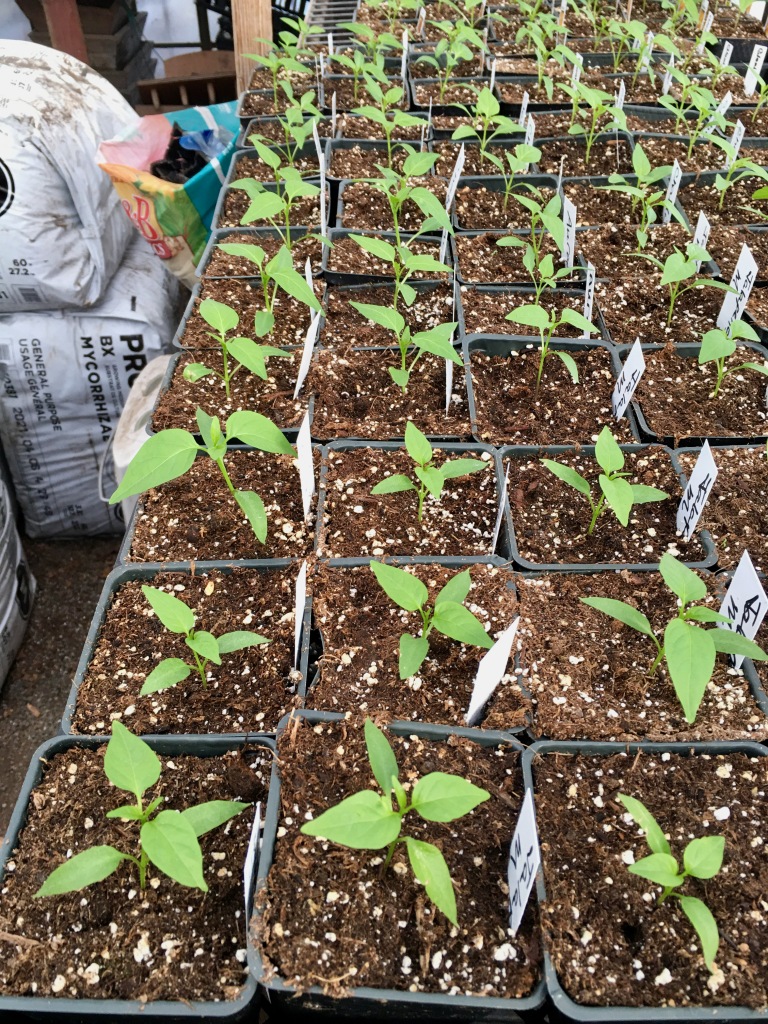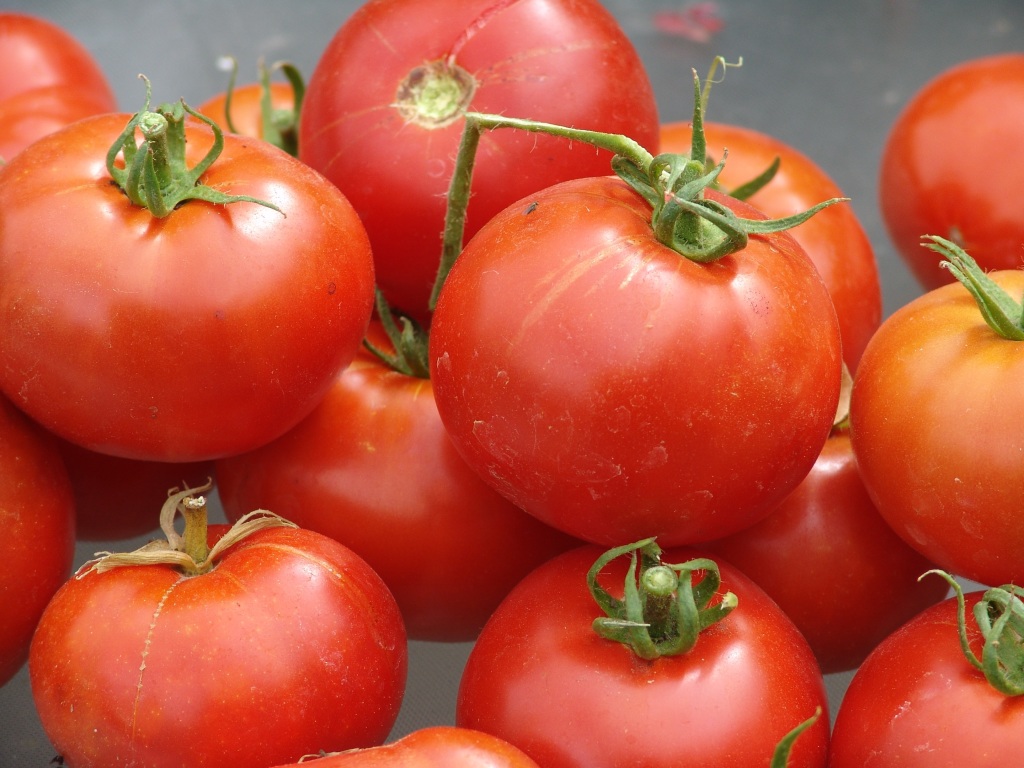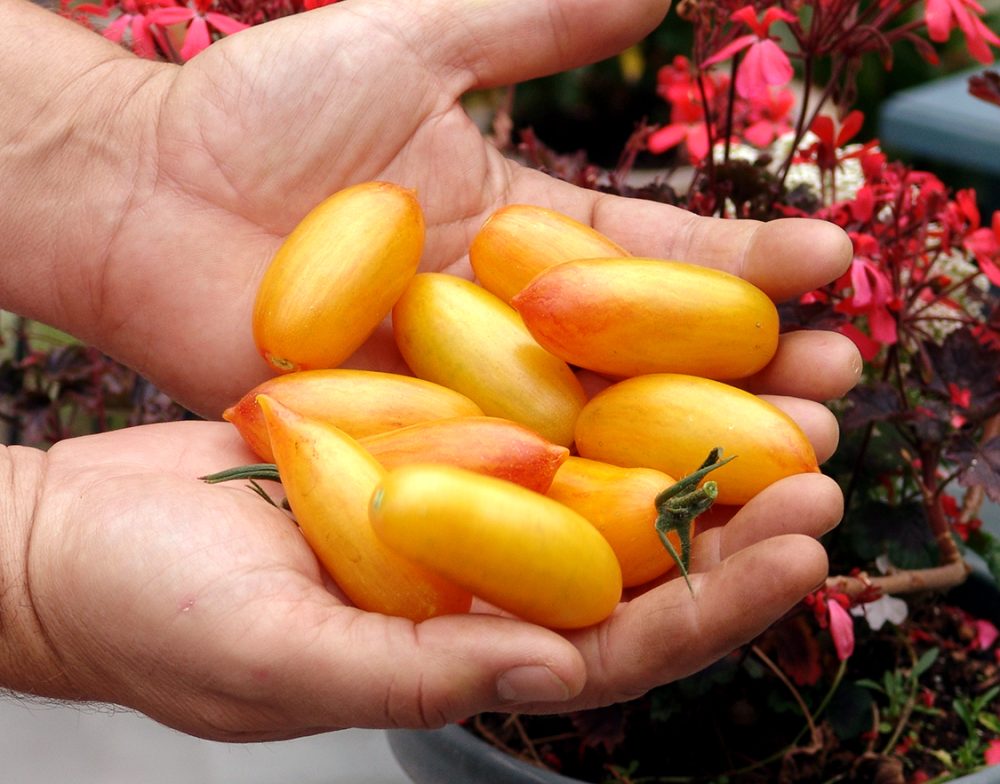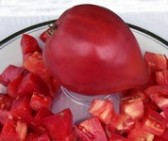
It’s been a while. I must apologize as I guess I am not as invincible as I thought. Just a little catch-up here – I finally got my permanent knee replacement after dealing with a temporary one for 10 months. Every step hurt. November 10th it was put in, just 2 days after Thanksgiving, my knee collapsed and I fell down, breaking my femur in two places! Who does that? I guess go big or go home, right? I have been walking with full weight for the last two weeks after two months of being confined to a recliner. That was tough. I made it and am doing that overachieving thing again. I can’t tell you how happy I am to be on my feet although it still hurts a bit, unused muscles and all.

I currently have over 350 varieties of tomatoes this year and over a hundred varieties of peppers. I have the elusive Cougar Reds this year, and then some. Last year I couldn’t find them in stock anywhere.

I just finished planting seeds for the main crop this morning and already have 3000 plants almost ready to go into gallon pots in a couple of weeks. We switched to LED lights and are really impressed. The peppers look amazing, better than any that I sold last year!


I will be starting vegetables soon, including cauliflower and broccoli and have flowers going also.
I have had to redo my website which means learning another software program. It’s taking a while. Keep on eye out for it plus my Facebook page. I will have more news there. Hoping to open mid-April.










